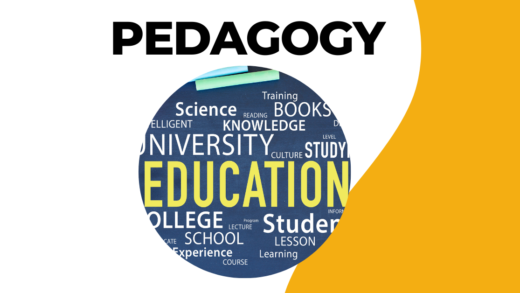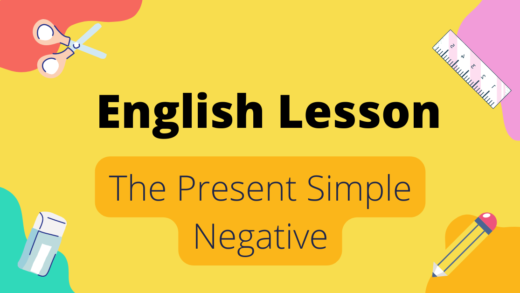As an educator, I am constantly seeking ways to optimize the learning experience for my students. One of the key challenges I face is finding the right balance between digital and non-digital resources for student inquiry. While digital tools offer vast possibilities, I am aware of the need to ensure their appropriate use. To address this, I consistently remind my students about responsible iPad usage when conducting research.
Recognizing the value of leveraging digital resources effectively, I have been eager to explore how other teachers successfully incorporate them in their classrooms. Collaboration with colleagues has become a priority, as I seek to learn from their experiences with various online resources. This endeavor has opened up a plethora of creative ideas that can breathe new life into my own teaching practices.
A pivotal step in enhancing my learning space has been conducting a resource audit. By thoroughly assessing the available materials and spaces in our school, I have been able to identify areas that warrant greater attention. Armed with this insight, I am determined to allocate my efforts where they can have the most significant impact.
One idea that particularly intrigues me is the concept of a “living library.” I envision inviting guest speakers to share their experiences with our students, engaging them in interactive and authentic conversations. This approach promises to foster deeper connections between students and real-world scenarios, enriching their learning journey.
Furthermore, I am enthusiastic about reaching out to the local community, seeking opportunities for students to interact with residents. I believe such activities can infuse our learning space with a sense of belonging and relevance, grounding our inquiries in the world around us.
Nonetheless, I recognize that there are challenges ahead. Planning our units of inquiry in advance and creating learning materials that are both enjoyable and interactive demand thoughtful preparation. However, I view these challenges as opportunities for growth and innovation.
In conclusion, my reflection journey has shed light on the importance of striking a harmonious balance between digital and non-digital resources for student inquiry. By collaborating with fellow educators, conducting resource audits, and incorporating innovative ideas like the “living library” approach, I aim to cultivate a vibrant learning space where student engagement and ownership thrive. Challenges may arise, but they inspire me to push the boundaries of my teaching practices and create an environment where students truly flourish. With determination and creativity, I am eager to embark on this transformative journey, nurturing a dynamic and enriching learning space for all.
Success Criteria:
- Effective Resource Integration: Ensure a well-balanced blend of digital and non-digital resources for student inquiry. Measure success by the level of engagement and enhanced learning outcomes resulting from the seamless integration of both resource types.
- Collaborative Learning Environment: Establish successful collaboration with fellow teachers to explore innovative digital resources and teaching methods. Success is gauged by the incorporation of diverse online tools and approaches that elevate student engagement and learning experiences.
- Authentic Experiences: Measure success by the impact of the “living library” concept and interactions with the local community on students’ understanding and appreciation of real-world connections. Strive for enriched learning experiences, reflecting students’ increased involvement and ownership in their inquiries.



Recent comments